In this third part of our four part permaculture introduction, we will
take a look at Guilds. What they are comprised of, how they function
and why they’re so great. So, without further ado…
What is a Guild?
To put it as succinctly as possible, a Guild, also known as a polyculture, is a combination of companion plants that work together, synergisticly, to the benefit of each other. The plants are of many sizes, shapes and species. They all grow, flower, set fruit and go to seed at different rates, so there is harvestable material for most of the growing season. Through their diversity, they create a variety of micro-habitats for frogs, birds and predatory insects…all of whom eat pests. There is reduced evaporation because of tight spacing. Being together makes them all stronger.
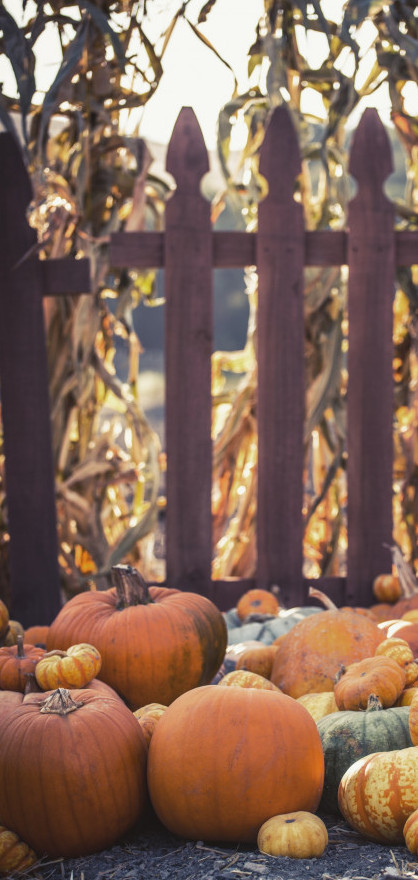
The classic image of a Guild is a fruit or nut tree and multiple layers of understory plants, which produce food or mulch/ground-cover, provide nitrogen-fixing, nutrient accumulation, attract beneficial insects or, preferably, some combination of these things. But a centerpiece tree is not the only expression. The Three Sisters – corn, beans and squash — (with or without their fourth sister, Rocky
Mountain Bee Plant) is also an example of a Guild. 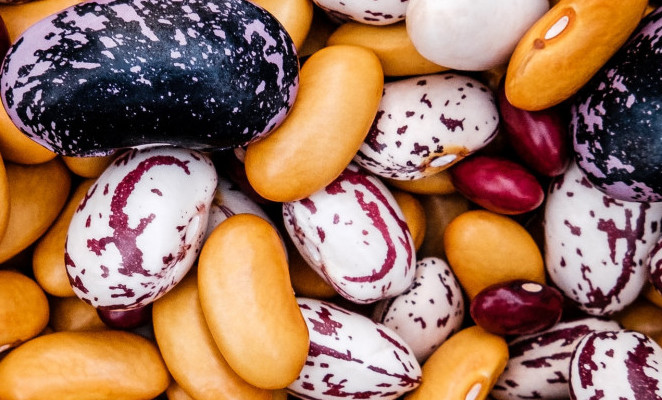
Ideally, a guild should contain food, medicine, fiber, firewood and other supplies for us, ongoing food sources for the soil, deep-rooted diggers, ground cover, climbing vines and something to support them, and both plant and insect protectors. Lets look at each of these elements in turn.
Food, Medicine and Supplies for us.
Diversity is the key to both our good health and our gardens’. Plant all kinds of different food and don’t be afraid to try out unusual seeming things. Stinging Nettles are super nutritious food,
excellent medicine for a multitude of conditions, as well as strong beautiful fiber…if you’re into paleolithic textiles. Bamboo shoots are delicious in the spring and also provide endless building and gardening materials. Fast growing trees can provide fruit, nuts, firewood and mulch from their leaves in the fall.
Food for the soil.
Nitrogen is important. All plants need it to thrive. Plants that fix nitrogen for the use of other plants should be propagated with abandon. They say you can’t have too many N-fixers.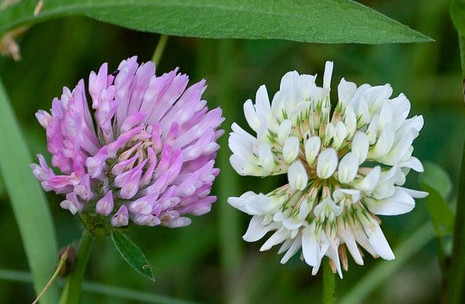 They take nitrogen from the air and send it down to their roots, feeding the surrounding plants. Many trees, shrubs and edible plants can fix nitrogen. Peas, beans, and legumes, clovers and alfalfa, licorice. Alder and Locust trees. Redbud and Common Laburnum. Russian Olive and Kentucky Coffee. Just to name a few. As well as having lots of
They take nitrogen from the air and send it down to their roots, feeding the surrounding plants. Many trees, shrubs and edible plants can fix nitrogen. Peas, beans, and legumes, clovers and alfalfa, licorice. Alder and Locust trees. Redbud and Common Laburnum. Russian Olive and Kentucky Coffee. Just to name a few. As well as having lots of
N-fixers, you’ll want to keep returning all your organic matter to the soil. Kitchen scraps, leaves, grass clippings, the manure and urine from humans, animals and worms, compost & compost tea, mushroom compost, mulch, straw, wood shavings, and so on.
Deep-rooted diggers. 
Deep-rooted plants like trees and alfalfa plunge deep into the soil. They bring up minerals to the surface, aerate the soil by breaking things up far more deeply and effectively than you could ever accomplish by double digging. Water also becomes more easily absorbed. Root crops of different depths, like daikon radishes, yams & sweet potatoes, beets, carrots, etc also do this. Some permaculturists like to leave daikons in the ground to rot as
compost. Burrowing animals like mice and some beetles should be
welcome.
Groundcover.
Groundcover retains moisture by keeping the soil nice and shady. Vining groundcovers like cucumbers, squash and pumpkin, sweet potato vines are also food. As is creeping thyme. Cover crops like clover and alfalfa are ground cover, N-fixers and deep diggers. Mulch, like straw, is also a great form of groundcover. Not only does it retain moisture, and decompose into good soil, it provides a nice medium for plants who spread by putting out runners.
Climbing vines and something to support them. 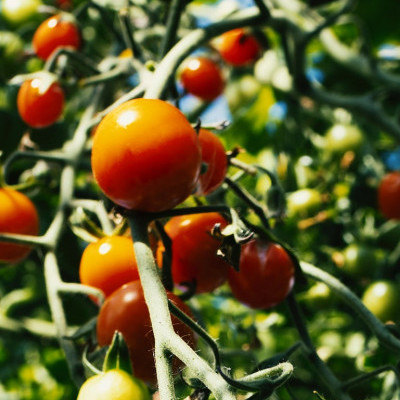
The vertical garden maximizes food production. And depending on their location, they can also create shade. Supports don’t have to just be goat or chicken fences. Trees, sunflowers and corn stalks can support vining plants, too. Beans, grapes and cherry tomatoes are obvious choices, but what about sweet potato vines? Or how
about Honeysuckle and Wisteria for the Hummingbirds and other pollinators? Be careful to choose the right kind of support for whatever vines you have. Super aggressive vines could choke out a tree or take down a fence. Always research the ideas you come up with.
Plant and insect protectors.
Strong smelling plants like onions, chives, marigolds, peppermint and lemongrass can confuse insects in their endless search for food. Dandelion, dill, Queen Anne’s lace, lavender, angelica, coriander…among so many more… are host plants for predatory and parasitic insects. The more varied the plant species, the more kinds of insects there will be. And this means predation. No one insect species will get out of hand and eat all your watermelons, because there will always be somebody eating them. And when there are stinky onions among the watermelons, the scent of their lusciousness is well disguised. Living fences, such as hedges of thorny acacia bushes will do a good job of keeping out goats, deer and humans.
It’s important to not think of guilds as interchangeable or repeatable formulas, or that certain plant combinations will always work together. Just like with Nature, herself, there are far too many variables. You cannot reduce a harmonious system to a set of rules. You want to, instead, see your guilds in terms of patterns and relationships. Of interdependency and inter-relationships. As communities.
 A guild can be small and simple, with only 2 or 3 species. The famous Three Sisters is a small guild. The corn provides stalks for the beans, which provide nitrogen. And the big leaves of the squash creates shade and moisture retention.
A guild can be small and simple, with only 2 or 3 species. The famous Three Sisters is a small guild. The corn provides stalks for the beans, which provide nitrogen. And the big leaves of the squash creates shade and moisture retention.
And a guild can be large and complex. The same Three Sisters can also cohabitate with the deep rooted nutrient accumulator comfrey, who is also a mulch plant as well as Amaranth, chilis and sweet potato, not to mention Rocky Mountain Bee Plant, a great attraction for pollinators.
A guild can also have more than one dominant tree. Nature does it like that, so should we. Walnut, normally repulsive to most other plants, can pair well with Paw Paw, Mulberry, Elderberry and Blackcap Raspberry.
This is not even scratching the surface.
It’s important to remember that what works on your property may not work as well on your friend’s property, even though it’s only a few miles away. That being said, let’s look at Apple Guilds in some wildly
differing areas.
Apple Guild Examples 
A Manitoba Apple Guild could reasonably consist of astragalus, sedges, wild pea vines, monarda, Saskatoons, Canada milkvetch, anemone, pea vetch, purple oatgrass, wispy wild cherries, rambling roses, an assiniboine sedge…among many other possibilities.
A Central Iowa Apple Guild, on the other hand, would be very different. Shade tolerant red currents, with possibly horseradish and/or rhubarb as a rhizome barrier, encircling confrey, dill, sweet cicely dock, strawberries, chives, nasturtiums garlic, onion, lemon balm and chamomile.
And a New Mexico Apple Guild could potentially function with nothing but comfrey, borage, daffodils, tulips, strawberries and rhubarb.
It all depends on what it depends on. Don’t take any of this as a recipe to follow. It’s only a glimpse of where-oh-where to start. It’s exciting, though, isn’t it? To have such a wide open opportunity to improve your life and part of the planet?
In Conclusion
A Guild is an ever changing Community of synergistically interdependent plants. There is no one right way to get one started. There are so many variables. Perfectly researched, theoretical combinations could
conceivably work perfectly well. Or, not at all. Permaculture has an unlimited combination of ideas, designs and solutions. All of which are intersections of what the property needs and what the gardner
desires. The best thing is a combination of research and a nice, steady pace of trial, error, learn and adjust.
I hope this was helpful. Please feel free to leave a comment. Hearing about other peoples’ false starts and triumphant finishes helps everybody learn, grow and expand.
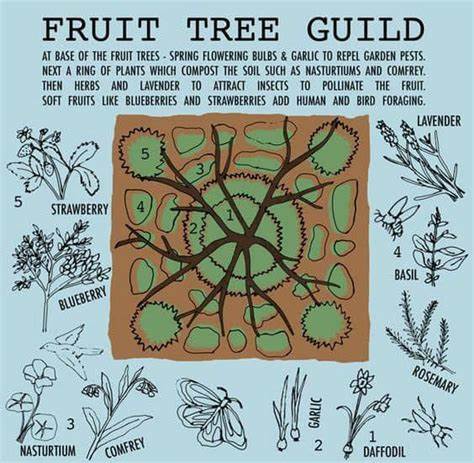






Thank you for this detailed article on the permaculture guild. When you concluded by saying permaculture is rich with an unlimited combination of solutions, you made me see the richness of nature in its diversity. It has a way of helping every creature balance itself. As you have shown in plant interdependence on each other. While one is supplying nutients, the other is helping to retain moisture.
Thanks for saying so, Parameter. That’s exactly what I was trying to convey. Because Nature’s design for everything is always better than anything humans have come up with as a replacement. Like, no comparison. Copying Her ways, respectfully, is the best thing we can do. On every level imaginable.
Hi Anna,
Thank you for this insightful article on permaculture design and the permaculture guild. As someone who is interested in sustainable agriculture and regenerative farming practices, I found this article to be a valuable resource.
One aspect of the permaculture guild that particularly resonated with me is the idea of creating a self-sustaining ecosystem in which each element of the system supports and benefits the others. This approach to farming and gardening is not only more sustainable, but also more efficient and productive in the long run.
However, I also recognize that there are challenges to implementing permaculture systems, particularly in areas that have been heavily degraded by industrial agriculture and other forms of environmental destruction. In these cases, it may be necessary to take a more active role in restoring the ecosystem and building soil fertility before transitioning to a permaculture system.
Another challenge is ensuring that permaculture systems are accessible and inclusive for everyone. As you mentioned in the article, permaculture design has the potential to create more sustainable and equitable food systems, but this can only happen if everyone has the opportunity to participate and benefit from these systems.
Hi Dave
Yes. At this point it’s mostly only private property owners who get to do this. People could certainly get together create co-ops, but only if they know it’s a good thing to do. A lot of education is still needed. Not everybody would even want to be included in it, as there is still the widespread misconception that the ready-made stuff they eat from the grocery store is real food, when, clearly it’s not. Advertising works.
Regenerative agriculture done on a large scale is beyond the scope of individual gardeners. It’s more of a public policy type of thing. And Big Ag has a LOT of power.
Still. Grassroots can make things happen. If people eat the surprisingly delicious produce you sold them at the farmer’s market, they CAN tell the difference. And if you happened to have some brochures discussing the extremely toxic practices of Big Ag…
I’ve read that consumers are starting to get hip to this and creating a much bigger demand for non-GMO, organically grown food. It’s about time, huh?
Thanks for your thoughtful comment.
Anna
As someone who is interested in sustainable living, I found your article on permaculture guilds to be very informative. I appreciate how you emphasized the importance of designing a system that works with nature instead of against it, and how a permaculture guild can help achieve that goal. Your explanation of the different types of plants and how they can work together in a guild was very helpful, and I especially liked how you included a sample guild design.
One question I have is how do you determine which plants would work well together in a guild? Are there certain plants that should always be included or avoided? Also, do you have any tips for beginners who are just starting to design their own permaculture guilds?
Hi Ronnie
No, there are no plants that you would either always or never include. Think of it like this: does Mother Nature have rules like that? No. Certain plants come into community with each other for a multitude of geological, environmental reasons…some of them arriving via bird poop! And the species that get along here may not get along at all, somewhere else. Also, as more plants are able to move in and thrive, they change the overall picture. The Ph, soil organisms, nutrients, insects are all different along with the new plants and the process of succession continues. You know how they say you can never step into the same river twice? It’s just like that, but in soil. It just keeps rolling along. 🙂
It’s hard to figure out where to start. The easiest way in is by seeing what already grows well on your plot. You can start with more edible but related species, do soil amendment, make improvements and expand from there. Small changes, made over time, is the most efficient and least overwhelming way to go.
Hope this answers your question,
Anna